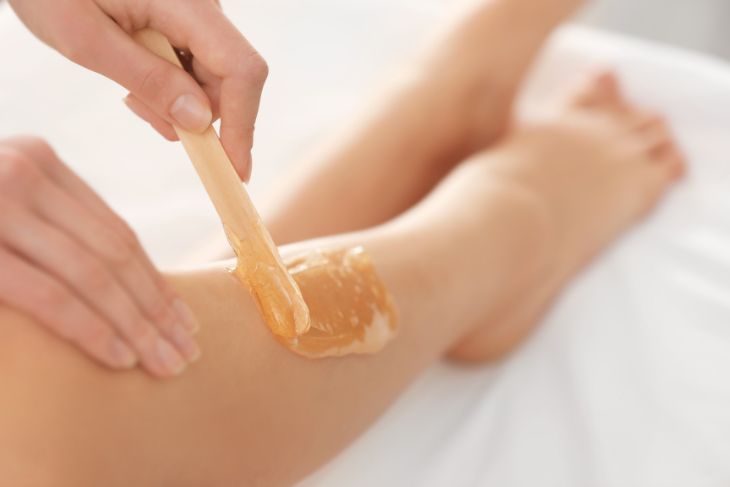The quest for smooth, well-groomed skin is a lifelong journey, complete with its waxing, waning, and wincing moments.
With salon visits becoming occasional luxuries, the art of at-home hair removal has never been more relevant.
Understanding the popular waxing methods is your ticket to silky paradise in addition to the options available to you.
In this candid exploration, we explain the most popular hair wax removal types so that you choose correctly to achieve those highly desired results.
Hot Waxing: Deliciously Smooth, But Worth the Heat?
Hot wax is the quintessential method for professional-grade hair removal. Designed to cling to hair, not skin, this technique offers long-lasting smoothness without fuss.
When done right, hot wax stands out for its efficacy, especially for hard-to-reach areas. However, hot wax requires a controlled hand to avoid burns and a somewhat high pain thresholdCold Wax Strips: Convene and Remove, But Handle with Care
Cold wax strips are the superheroes of the quick-fix routine. They require no heating, minimal setup, and a fraction of the time that hot waxing takes. Cold wax is perfect for individuals new to at-home waxing or those seeking an expedited process.
Consequently, with great convenience comes the responsibility of using these strips skillfully. Pulling them off too quickly or in the wrong direction might result in a sticky situation.
Sugaring: Nature’s Soft Touch for Hair Removal
Sugaring is enjoying a modern resurgence for its gentle approach. Made from a simple blend of sugar, water, and lemon, sugaring is a natural way to whisk away unwanted hair.
Sugaring boasts fewer ingredients than wax, making it hypoallergenic and earth-friendly.
However, this homemade confection can sometimes be too thin to grab fine or short hair easily. Ensure your sugaring consistency is similar to honey, and don’t overlook practicing patience.
Hard Wax Beans: The Least Messy Way to Breathe Easy
Hard wax beans are hot wax’s cool, calm, and collected cousin. They require no strips, as the wax hardens on its own, leaving behind a clean surface after peeling.
These beans are beginner-friendly, as they are less likely to cause skin irritation and far easier to manage in terms of viscosity.
Nevertheless, the most common mistake made with hard wax is the thickness of the application. If it’s too thick, it’ll be tough to remove. And if it’s too thin, it might crumble.
Waxing Mistakes to Avoid
No matter the method you choose, there are universal mistakes you’ll want to avoid when waxing at home. The most prominent is inadequate preparation; gentle exfoliation and cleansing ensure the best wax adhesion and smoothest results.
Pulling wax or strips straight up rather than close to the skin’s surface may cause bruising and ingrown hairs.
Don’t wait for the salon to weave magic into your at-home waxing—embrace your inner cosmetologist, and with these tips, create a waxing experience that’ll leave skin soft and the soul satisfied.
Next time you get the urge to remove a few hairs remember these popular wax removal types and practice diligence and patience. The results will be thankful!

